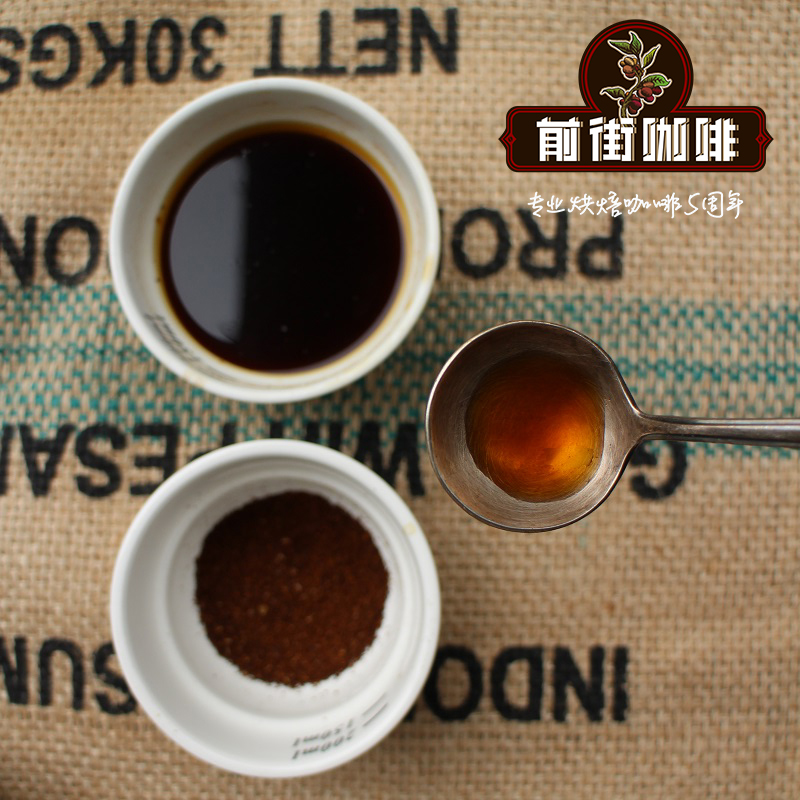2022 Huakui 6.0 Coffee Bean Flavor Taste Description

Professional coffee knowledge exchange more coffee bean information please follow the coffee workshop (Wechat official account cafe_style)
Qianjie Coffee-introduction of Sidamo Fakui Coffee
In 2017, Ethiopia's DW Raw Bean Company sent their coffee beans to TOH (the Taste Of Harvest), a competition hosted by the African Coffee Association, and the tanning batch won the championship of TOH Ethiopia. This batch of raw beans, in the capacity of the champion, is named "Sakuran".
Ethiopian coffee is highly rated in China, especially the Chinese people are particularly interested in and love the producing areas of Sidamo and Yirgacheffe in Ethiopia. Sidama province is located in the south of Ethiopia, with Arsi province in the north, Bale province in the east and Gamu Gofa province in the west.
The Ethiopian administrative region is divided into four levels, the order from large to small is Region, Zone, woreda and kebele. Most of the names of raw coffee beans are named according to this rule. For example, Sakui, located in the southeast of Yejia Sheffield in the Sidamo producing area, belongs to Oromia Region → Guji Zone Guji → Shakisso woreda Shakiso → Hambella Hambela.
Sakuran, located in Hambella, Humbera is in GUJI, the largest coffee producing area in Ethiopia, and the administration belongs to the state of Oromia. Hambella is the highest coffee producing area in Ethiopia (Harrar is the highest in Ethiopia), facing the west and kochore across the mountain, and connecting with the shakiso,Uraga and Kerchaz producing areas of Guji in the east and south respectively.
Natural solarization (African drying bed):
Spread the coffee fruit directly on the cement floor or on the drying rack in order to make the coffee dry and easy to preserve. It usually depends on the weather, and the drying time is about 2-4 weeks.
Coffee usually used for commercial purposes will be dried on the cement floor. Keep rolling the coffee fruit in time so that the back of the coffee is heated evenly, which is good for drying, and at the same time, it also avoids mildew caused by the bottom touching the ground for too long.
Hand-selected fruits and coffee beans used to make boutique products are treated in the sun with African Bed (African drying bed). Coffee fruits are sunbathed on transparent beds with mesh, and the thickness of the shelves varies according to local conditions.
[sunflower kuisheng beans]: the body of the beans is smaller, yellowish in the green, and there is a great difference in particle size.
[sun Huakui cooked beans]: the degree of baking is light, the color is light, and there is no silver skin.
END
Important Notice :
前街咖啡 FrontStreet Coffee has moved to new addredd:
FrontStreet Coffee Address: 315,Donghua East Road,GuangZhou
Tel:020 38364473
- Prev

What are the characteristics of Sidamo coffee beans? Sidamo coffee taste flavor introduction
Professional coffee knowledge exchange More coffee bean information Please pay attention to Coffee Workshop (Weixin Official Accounts cafe_style) Front Street Coffee-Sidamo Coffee Taste Features Sidamo Coffee is named after its origin. West Dharma Administrative Region is located in southern Ethiopia.
- Next

Low caffeine treatment of coffee introduces the principle of low caffeine treatment.
More information on coffee beans Please follow Coffee Workshop (Wechat official account cafe_style) methylene chloride is a solvent used to combine and separate caffeine molecules in green coffee seeds. The KVW MC process first uses hot water to extract caffeine and other soluble substances from coffee seeds and then removes the seeds from the water. And then add dichloromethane.
Related
- Beginners will see the "Coffee pull flower" guide!
- What is the difference between ice blog purified milk and ordinary milk coffee?
- Why is the Philippines the largest producer of crops in Liberia?
- For coffee extraction, should the fine powder be retained?
- How does extracted espresso fill pressed powder? How much strength does it take to press the powder?
- How to make jasmine cold extract coffee? Is the jasmine + latte good?
- Will this little toy really make the coffee taste better? How does Lily Drip affect coffee extraction?
- Will the action of slapping the filter cup also affect coffee extraction?
- What's the difference between powder-to-water ratio and powder-to-liquid ratio?
- What is the Ethiopian local species? What does it have to do with Heirloom native species?

